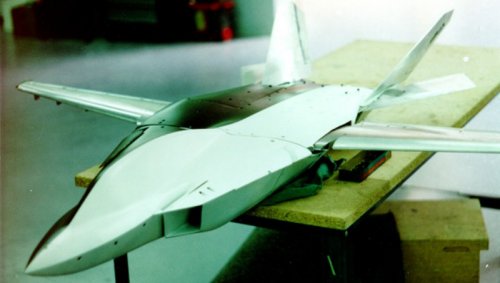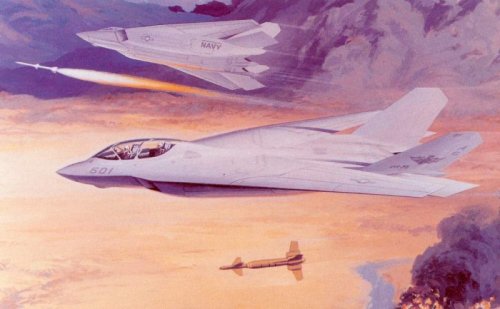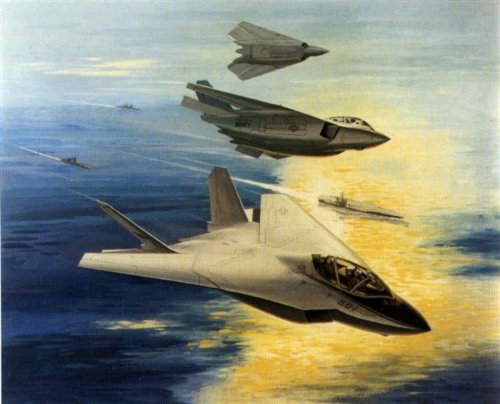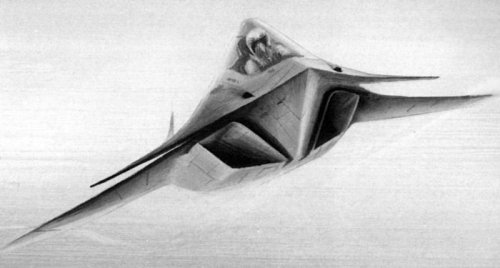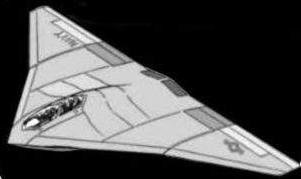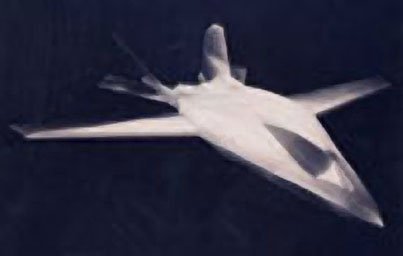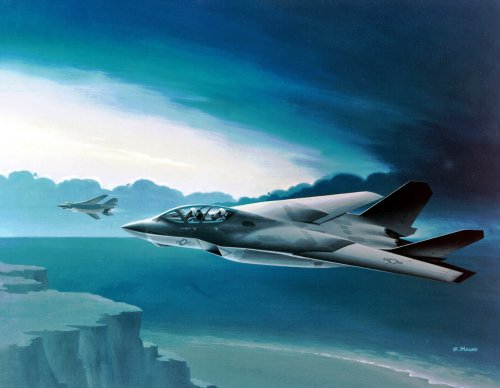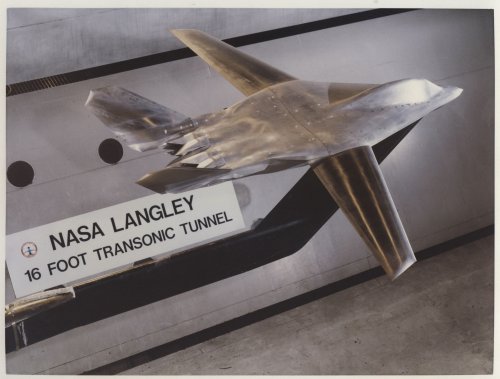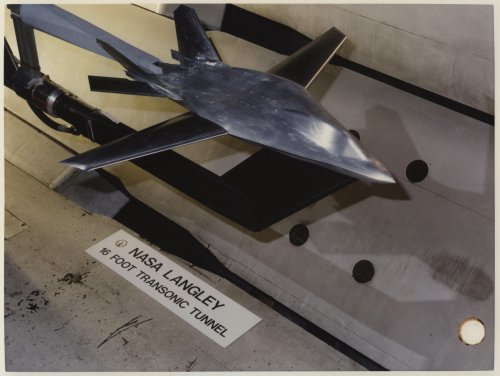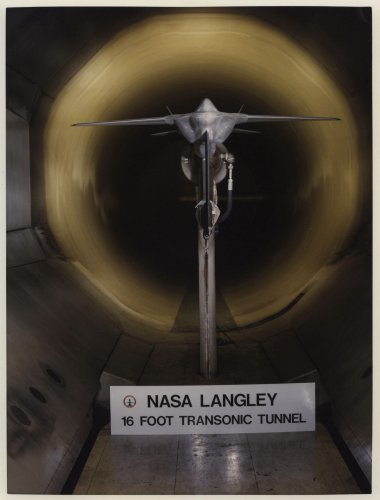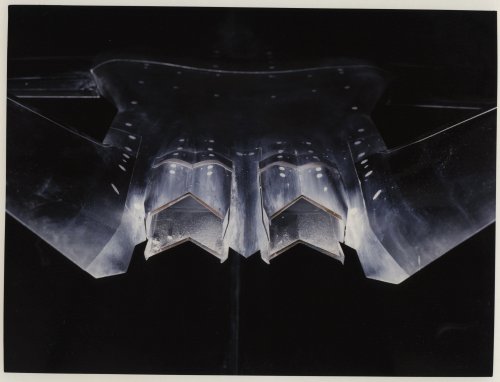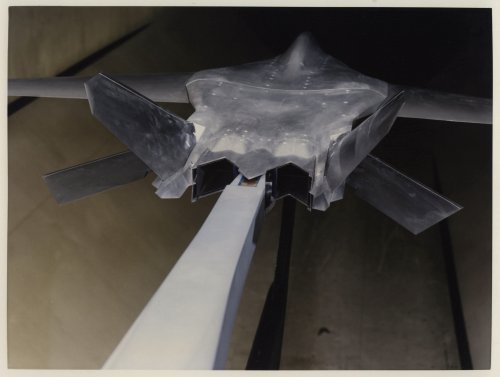- Joined
- 3 October 2007
- Messages
- 1,962
- Reaction score
- 1,029
SpudmanWP said:The Navy used a two stage system very successfully (SM series of missiles), and has for many years.
A ramjet combo has it's own set of problems, which is why the Meteor is STILL not in operation.
Wasn't trying to force ramjet down anyone's throat. BTW, I suspect it would not be a rocket-ramjet combo, but rather an integral rocket/ramjet. The Soviets/Russians have known how to do that for decades. Meteor is not in operation not because it's a ramjet but because it's subject to the vagaries that are universal to posturing politicians. They're always in favor of a newer more advanced capability as long as someone else has done it before and it's in the future where you don't actually have to come up with the bucks for it. Meteor has been moved further and further back because it's approaching the point where the serious funding is coming due, so the can is being repeatedly kicked down the road. This is not meant as a slam at Europe. After all, this was basically the US method of weapons development for most of the '90s (as well as the late '70s).
The complexity issue with multi-stage missiles I referred to was only referring to air launched. The SM series as a multi-stage missile was surface launched. The air-launched Standard missiles that were used in the anti-radiation role for a while dispensed with the booster. Similarly, air-launched Harpoon and air-launched Tomahawk, before it was canceled (some say partly due to Air Force lobbying), both dispensed with their booster stages.
I don't know if they've got to the point yet where they have definitively decided the propulsion method for JDRADM, many pictures seem to be notional. Could be start/stop rocket, integral rocket/ramjet or something else entirely. If I had had the opportunity to talk to Boeing this weekend I sure would have asked (did get to talk to F-35 folks, though). I just hope JDRADM actually sees the light of day. Again, I suspect detailed discussion of this weapon deserves its own thread.

